How to Make a Subway Map with John Tauranac
Hear from an author and map designer who has been creating maps of the NYC subway, officially and unofficially, for over forty years!

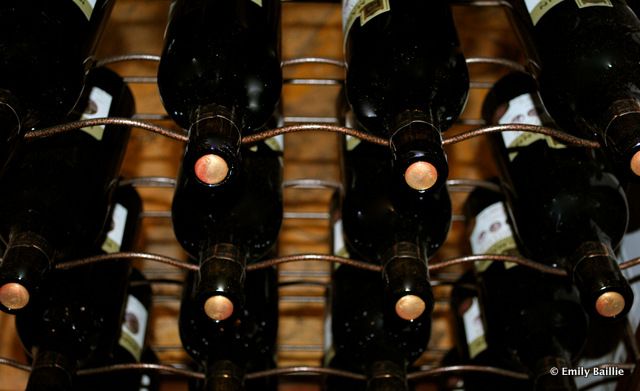
Ontario’s newest wine appellation is fast becoming a significant player on the Canadian wine scene. Located just south of Belleville (2.5 hours by car from Toronto), Prince Edward County is now home to more than thirty rural wineries and vineyards. With an average of two new wineries opening each year, the region is growing and increasingly attracting visitors from Ontario, Quebec, the U.S. and abroad.
Prince Edward County (locally known as “The County”) is Ontario’s most northern wine appellation and relies on Lake Ontario to provide a moderated and productive cool climate growing season. The region features loose gravely soil that lies atop the Trenton limestone, making it suitable for producing cold weather varietals such as Chardonnay, Pinot Noir and Pinot Gris.
While we were in Prince Edward County, we visited four local wineries. All were small, laid back places where they use the same glass for each of the tastings. Visitors were free to roam the wineries and vineyards and watch the winemaking process as it developed. Check after the jump for our findings:
We approached the winery in early afternoon to find a grape-picking after-party in full swing. The atmosphere was lively and the wine tasting boutique was busy and colourful. Samples of thirteen different wines were available, and we were encouraged to try as many as we liked (sample costs were included in our tour). To accompany the samples (and to avoid drinking on an empty stomach), we were supplied with water crackers with Sandbanks’ own Baco Noir jelly.
Sandbanks’ wines are sold at quite reasonable prices (many for around $15 CAD) and they are available at Ontario liquor stores.
Here’s a fun fact: Last time Queen Elizabeth visited Canada she sampled Sandbanks’ Baco Noir. That must mean it’s special.
Notable wines: Baco Noir, Gewürztraminer
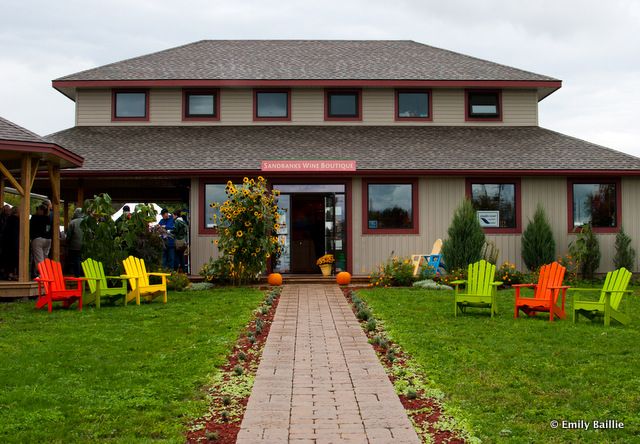
2. Norman Hardie Winery and Vineyard
This winery offered consistently good wines, including a delicious Chardonnay and a solid Pinot Noir. Norman Hardie places an emphasis on quality over quantity, thereby limiting production runs and making wine at a higher price point.
This winery seemed to value gourmet food, with its wines being sold in over 100 restaurants across the province. The tasting room featured a range of treats for sale including olive oil, cookbooks, seasonings and homemade sourdough croutons. We found the atmosphere in the upstairs tasting room a bit dull and though it wasn’t particularly crowded it sometimes took some time to get a sample.
Norman Hardie wines are not sold in the LCBO and proprietor Norman Hardie has reportedly said that he has no intention of “being one of 1,000 bottles on a shelf.”
Notable wines: Pinot Noir, Chardonnay
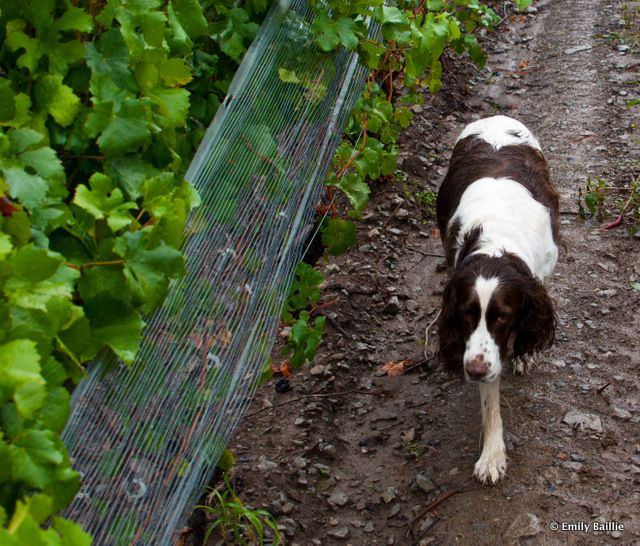
This tiny winery takes an eco-friendly approach to production and proudly retains a staff environmentalist to ensure compliance and environmental efficiency. The winery is 100% solar-powered and is working toward an organic designation.
The atmosphere in the tasting room was casual to the utmost. Temperatures in the shed-like structure were cool, so we kept our coats on while down-to-earth staff delivered tasty samples with delicious food pairings. We sampled Hardwood’s Cabernet Sauvignon, Pinot Noir, Gewürztraminer, Pinot Gris, cotton-candy flavoured Rosé, Port-style wine and my first ever Pinot St. Laurent (similar to a Pinot Noir). Tasty food pairings included prosciutto, chorizo, apricots, blue cheese and cheddar.
Hardwood wines are available exclusively at the winery site, so if you’d like to buy their wine you must visit their location or contact them to arrange delivery.
Notable wines: Cabernet Sauvignon, Gewürztraminer, Rosé
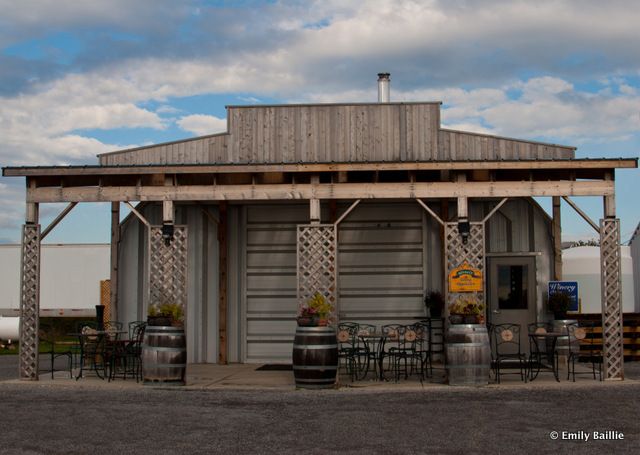
The last stop on our tour was a rustic and charming two-level converted barn with a large and airy tasting room and hayloft art gallery.
Visitors were treated to delicious Roquefort, cheddar, kalamata olives and pecans paired with Cabernet Franc, Merlot, Chardonnay, Riesling, Frontenac Gris Rosé, Quintus (blend of five Old World varietals); and two fortified wines–Van Alstine White and Van Alstine Port.
Proprietor Richard Karlo left his 9-5 engineering job to start the fledgling winery several years ago and never looked back. He and his partner Sherry Martin are both clearly passionate about their work. After a few samples I cheekily asked Richard, “What would you say to those people who don’t like wine?” He chucked in response. “Well I would suggest that maybe they haven’t tried enough wines, or the right type of wine.” Fair enough.
Notable wines: Quintus,Van Alstine White Port, Gris Rosé
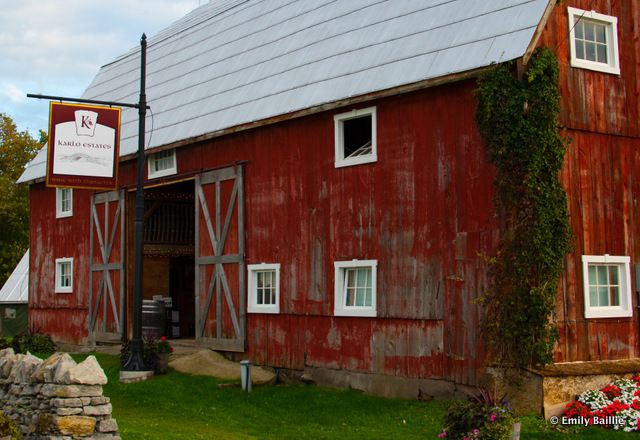
The Final Verdict:
Each winery had its own strengths and choosing a frontrunner is largely a matter of preference. That said, we felt that Karlo Estate Winery provided the best overall visitor’s experience with consistently good wines, excellent food pairings, a delightful loft gallery and friendly, knowledgeable staff.
Now that’s something we can raise a glass to.
Subscribe to our newsletter